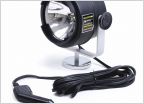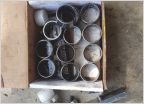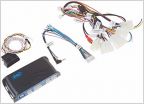-
Welcome to Tacoma World!
You are currently viewing as a guest! To get full-access, you need to register for a FREE account.
As a registered member, you’ll be able to:- Participate in all Tacoma discussion topics
- Communicate privately with other Tacoma owners from around the world
- Post your own photos in our Members Gallery
- Access all special features of the site
Gas Milage Chart 2010 Double Cab V6
Discussion in '2nd Gen. Tacomas (2005-2015)' started by NMTrailRider, Jan 23, 2012.
Page 2 of 3
Page 2 of 3


 Rear spot lights
Rear spot lights ECGS install advice
ECGS install advice Best UCA’s
Best UCA’s Stereo upgrades 2nd gen
Stereo upgrades 2nd gen Personal observation about the HVAC system and the mildew odor
Personal observation about the HVAC system and the mildew odor OEM Front License Plate Bracket?
OEM Front License Plate Bracket?









































































